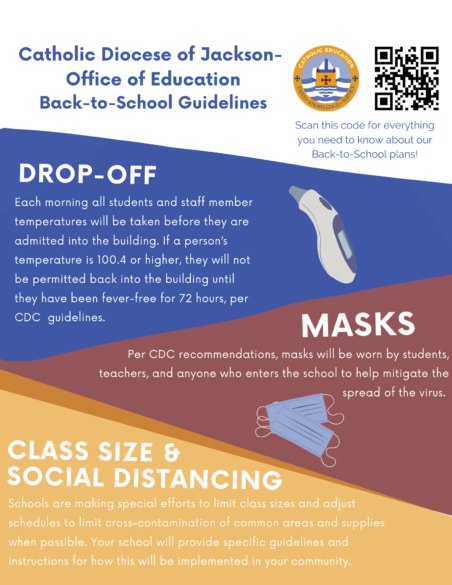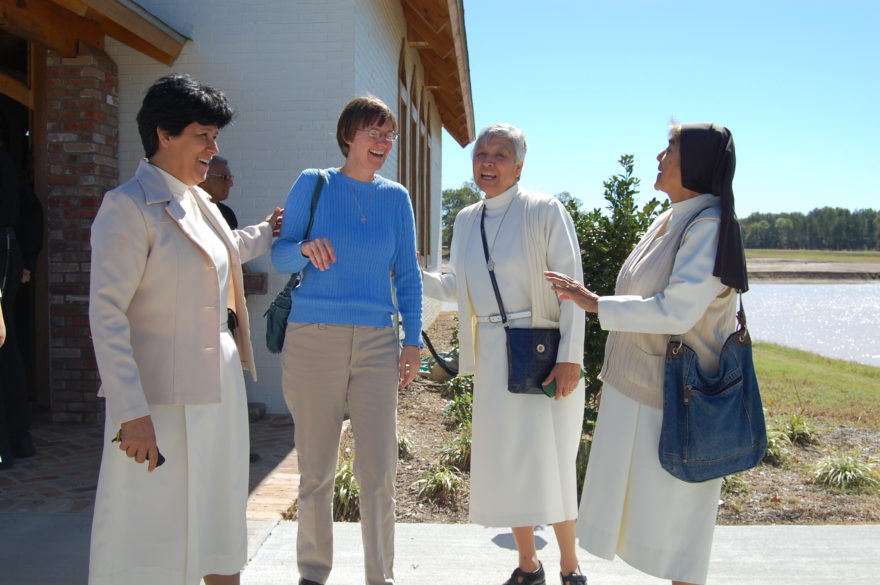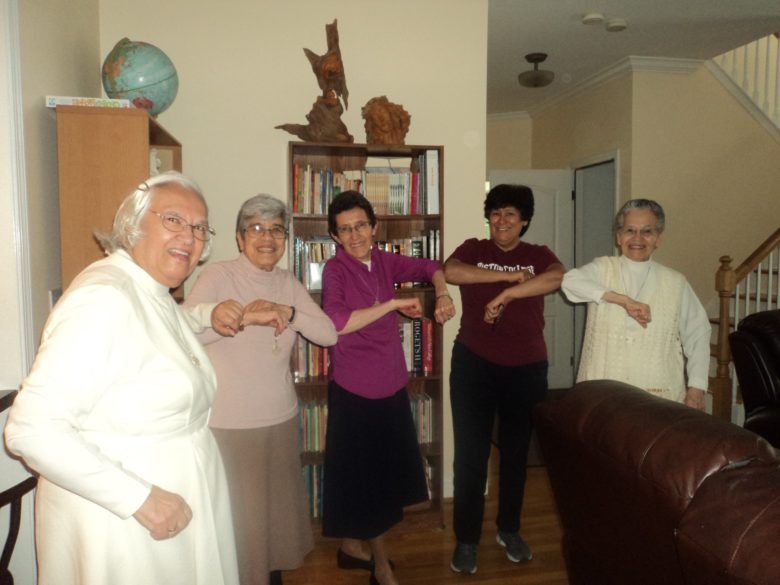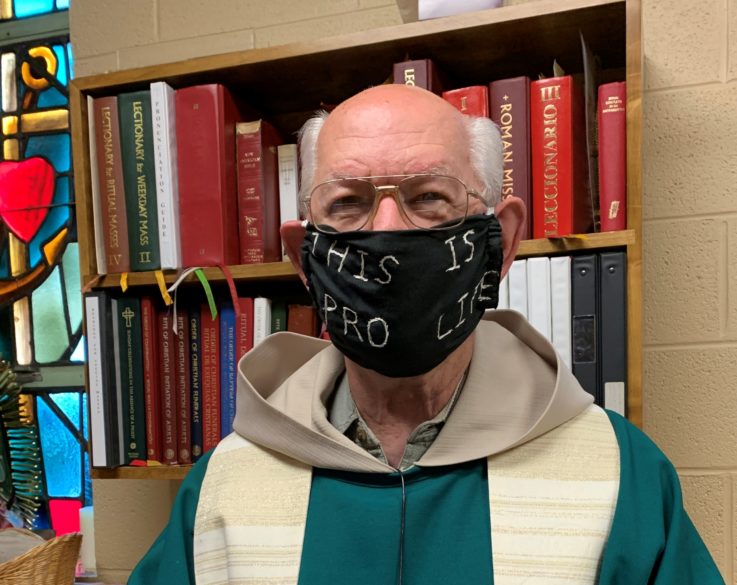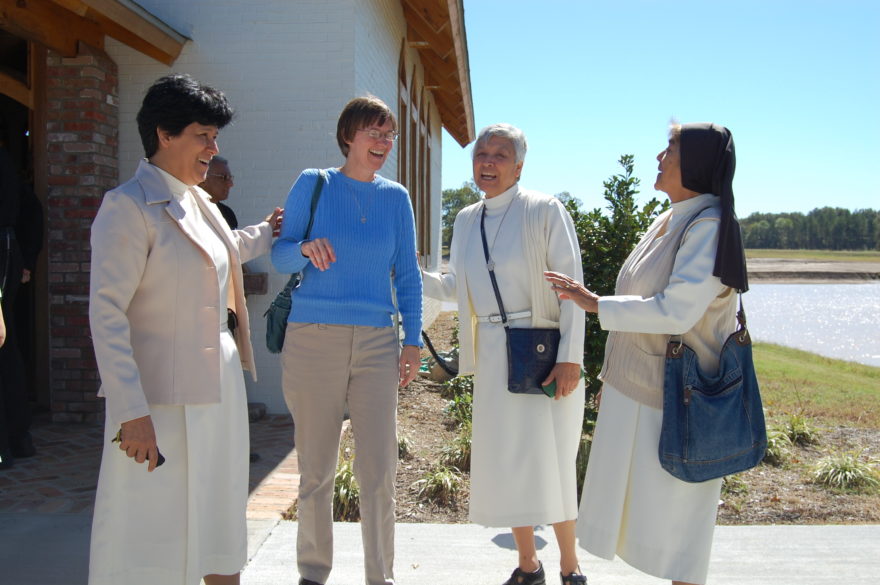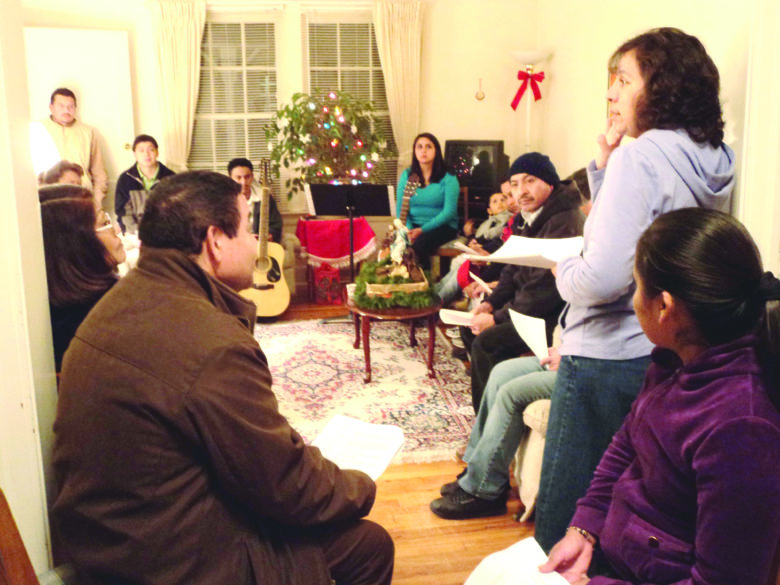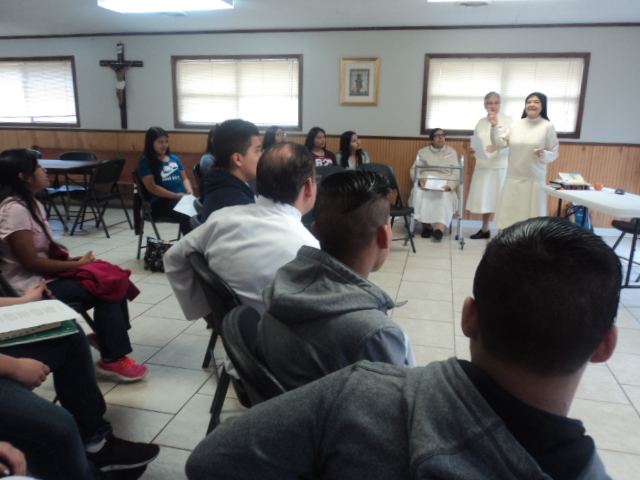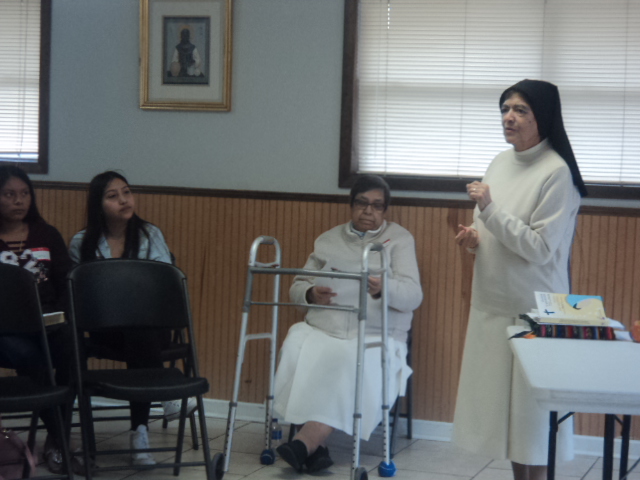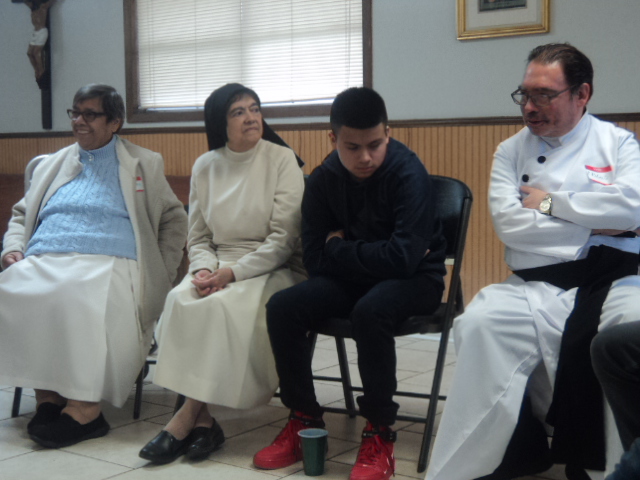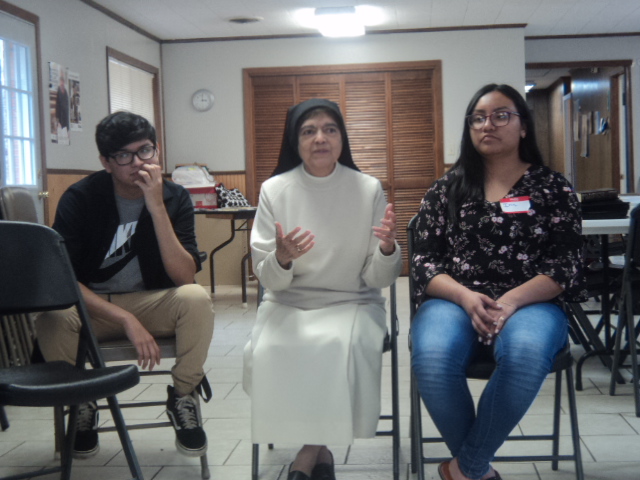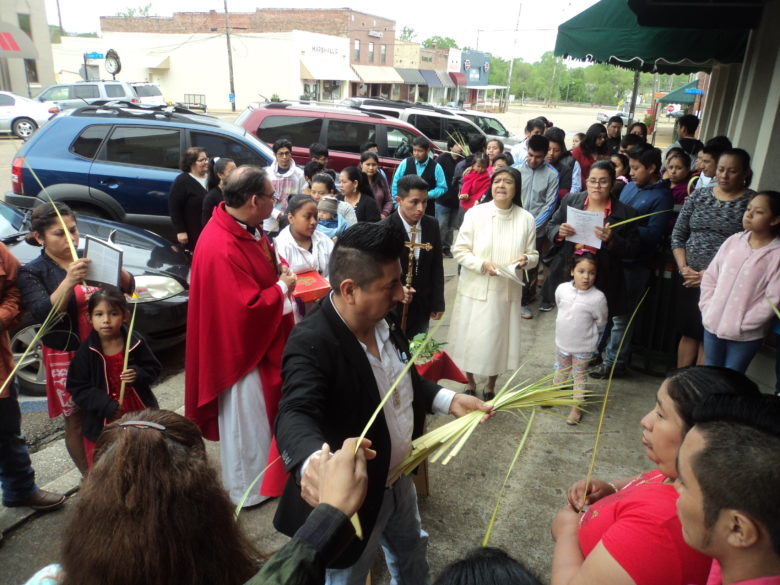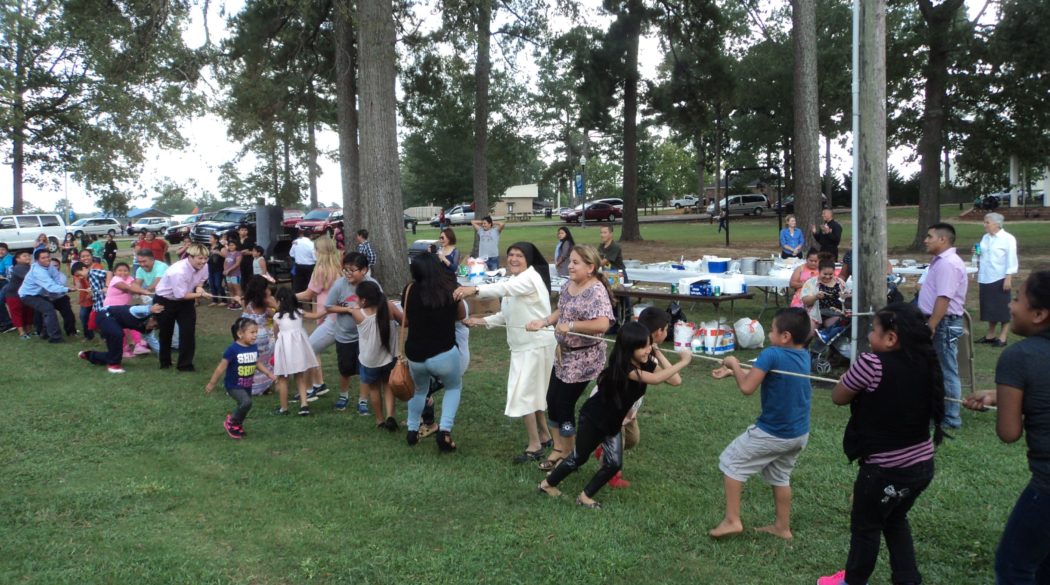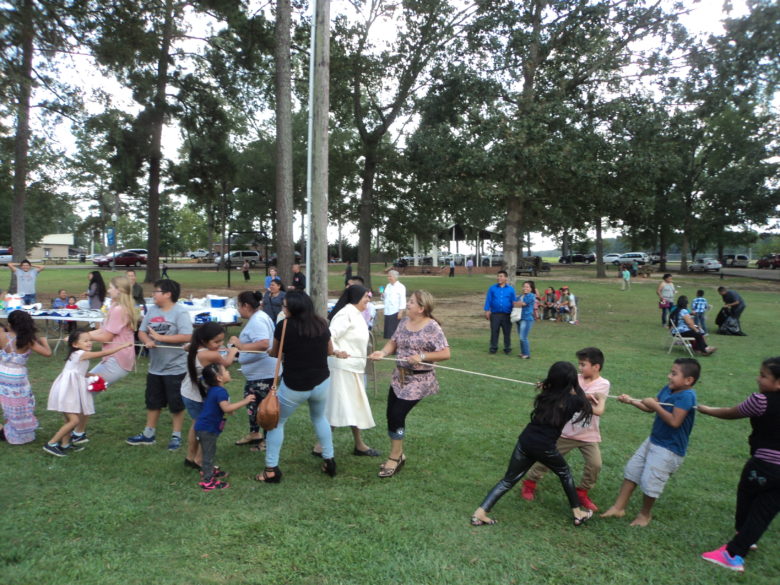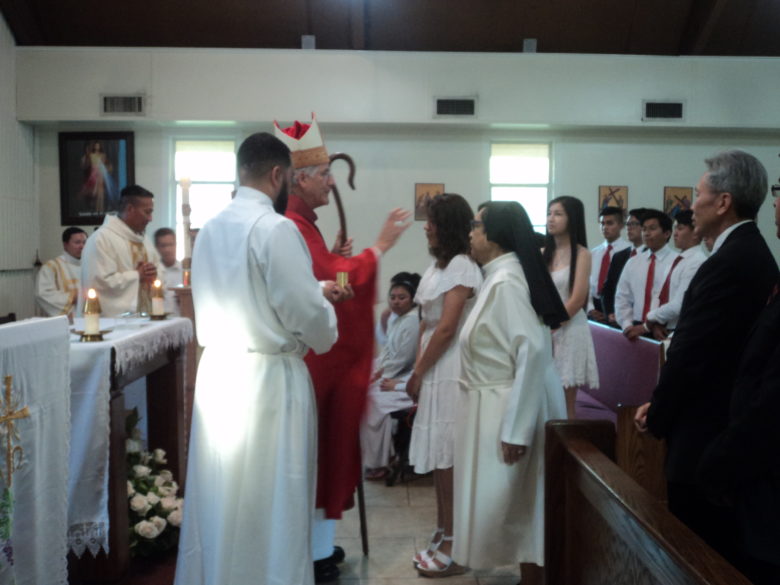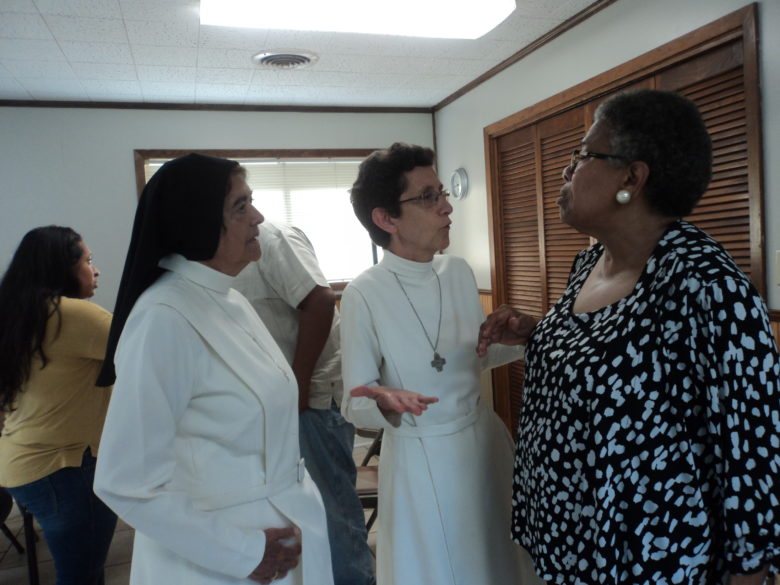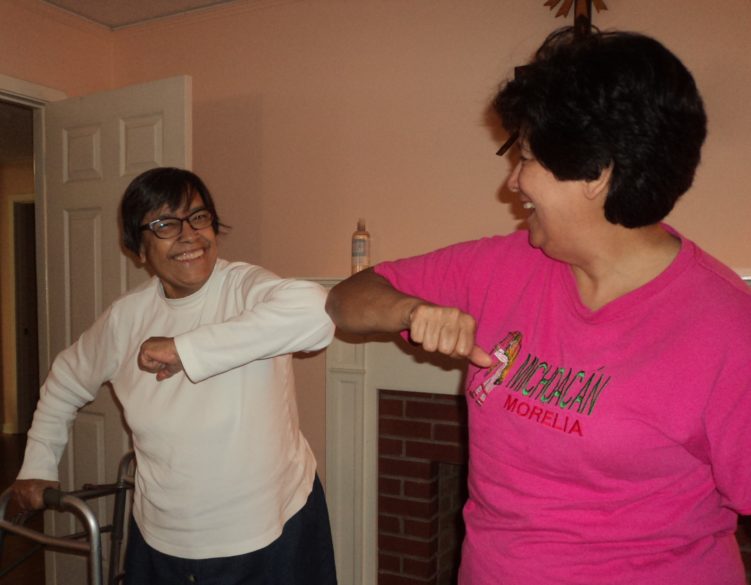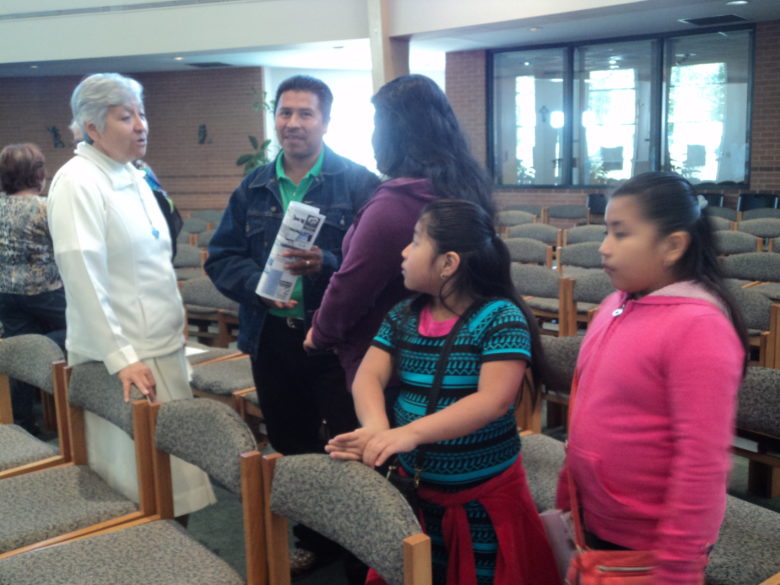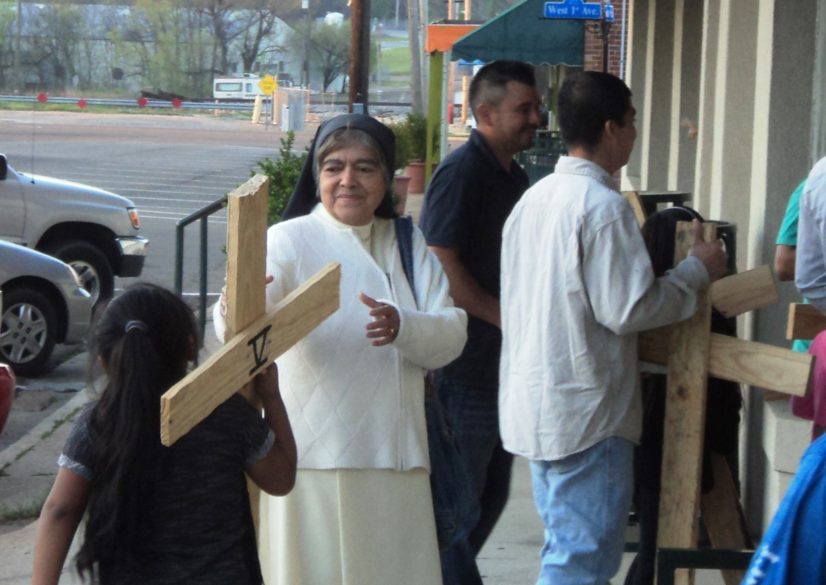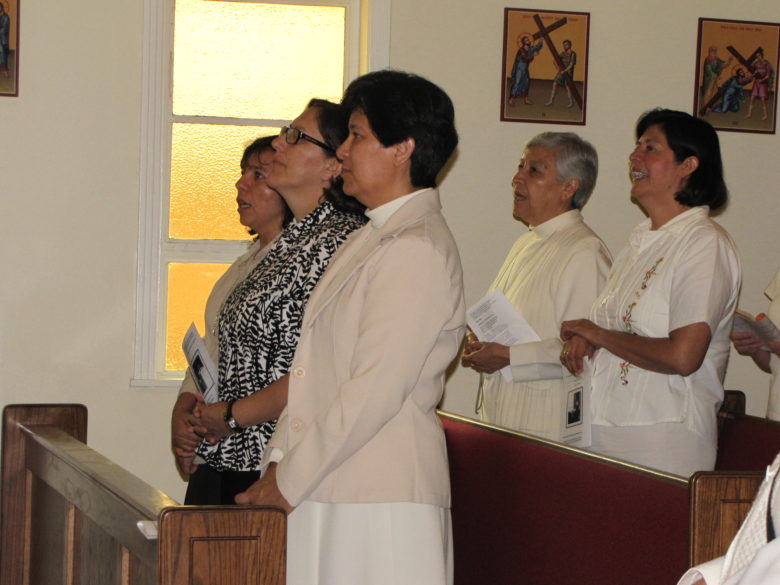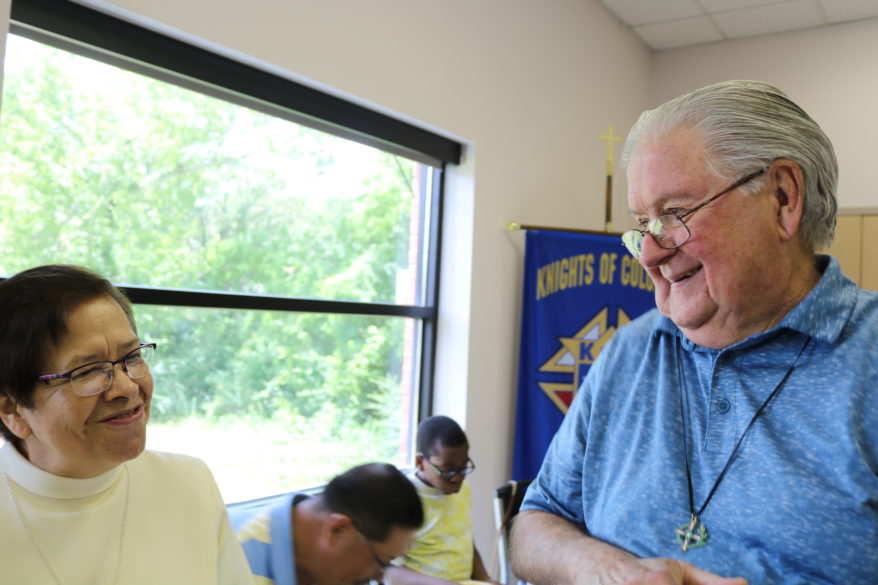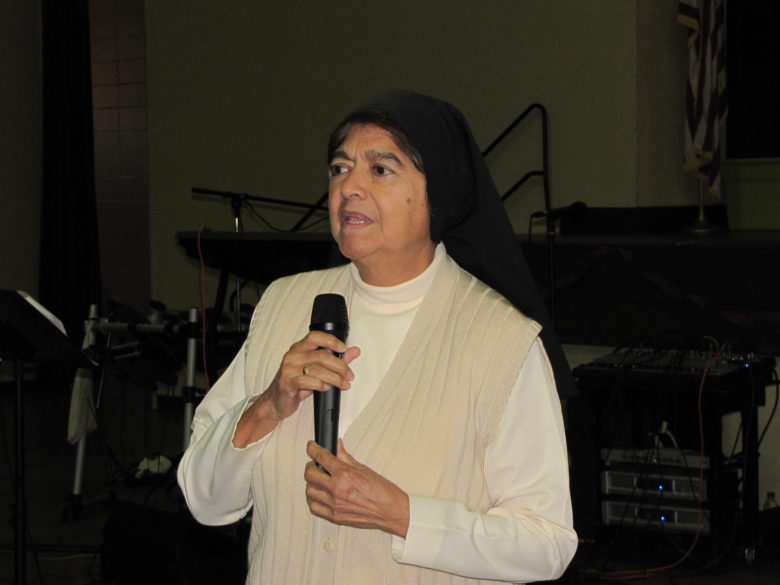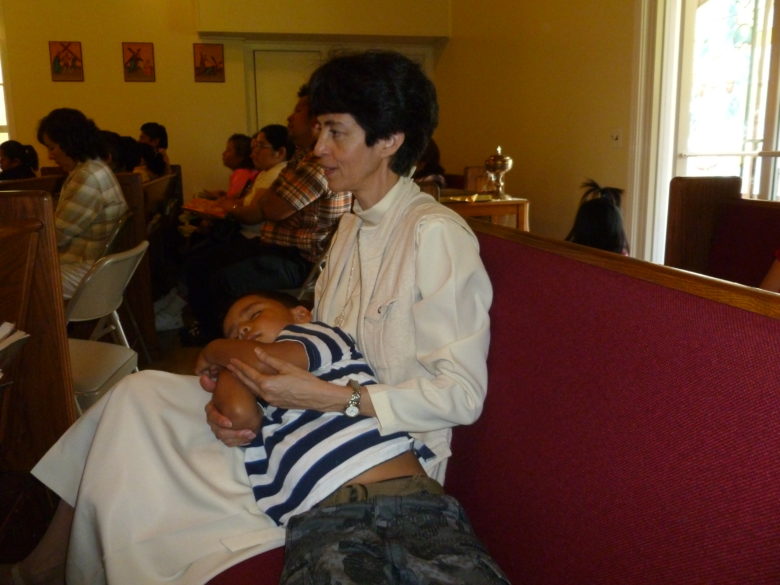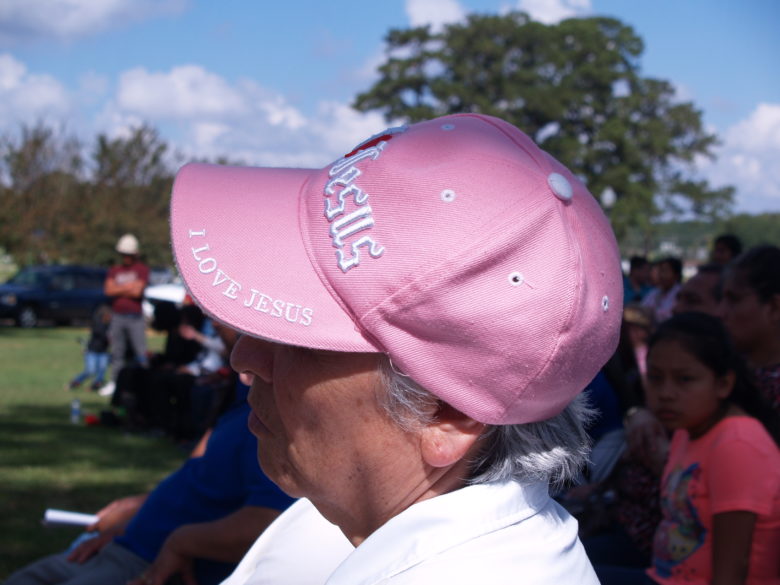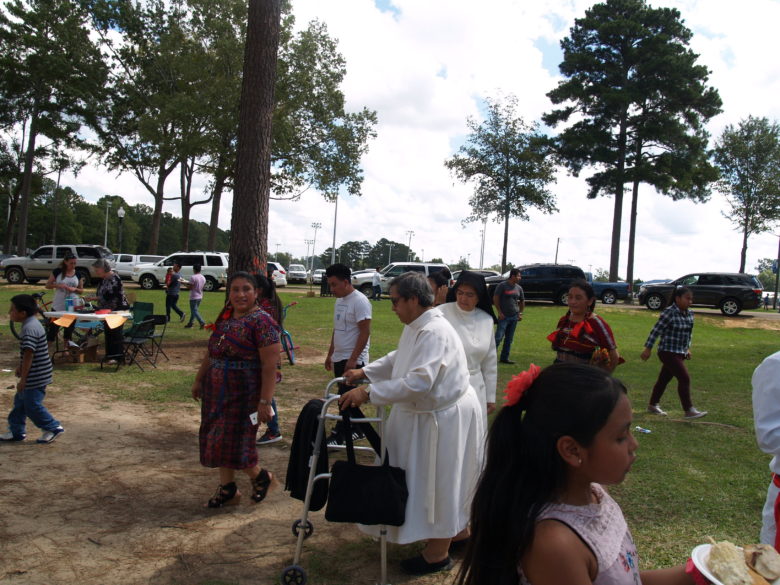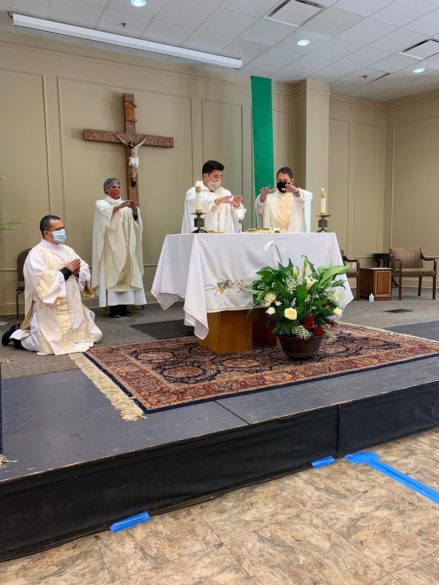By Stephanie Brown
JACKSON – In recent weeks, many public-school districts have released their plans for returning to school in August. Some districts have even made the difficult decision to delay the start of school or provide only distance learning for the beginning of the year. After careful thought and consultation with healthcare officials and school administrators, schools in the Catholic Diocese of Jackson plan to move forward with the option of an in-person return for families. In making this decision, the Office of Education evaluated the feasibility of social distancing and other mitigation strategies in our schools. They also worked closely with local administrators to assess the individual circumstances of each community.
In addition to thorough research and planning for returning to school, administrators are also working with families who are not yet ready to return in-person. The Office of Education has taken many of the lessons learned from the term of virtual learning in the spring and believe they have made significant improvements in what the schools can offer in a virtual environment. These measures include fully licensed Zoom accounts for all of our classroom teachers as well as multiple training opportunities for all teachers on the Learning Management System offered through FACTS.
Even if a family is not prepared for a physical return to campus, they will still be included in the school community through virtual learning. Each of our Catholic school families provide unique gifts, talents and perspectives that help strengthen our school communities, and the diocese values the opportunity to serve all of them.
The COVID-19 pandemic has brought new challenges for educational leaders in all schools, both public and private. All leaders must make the decisions that they believe are in the best interest of their school communities, and we must recognize that what is best for one community may not be best for others. With this in mind, the Office of Education has been working side-by-side with school administrators to determine the best course of action for each community. While the office has provided guidelines, school administrators know their communities best. All decisions regarding school re-opening plans have been made collaboratively with representatives from the Office of Education, the Diocesan Task Force, and local administrators.
At this point, the Office of Education believes offering an on-campus experience with the proper mitigation strategies in place is the best course of action for school communities. While there is no way to guarantee 100% protection, the diocese believes that their schools are well-prepared to welcome students in a safe, healthy, and caring environment. As with any decision or situation during our current reality, the diocese recognizes the need to revisit and reevaluate our decisions regularly. If the determine is made that alternative plans are needed for any of the diocese schools, the school administrator will share those plans with as quickly as possible.
“We cannot thank our families enough for their continued support and confidence in our schools’ ability to provide a high-quality educational experience. This responsibility is not one that we take lightly, and families can rest assured that our commitment to the well-being of community members is ongoing,” said Catherine Cook, superintendent of education.
If anyone has questions about a school’s plan for re-opening, please contact the school’s office. Additionally, COVID-19 Response page on the school section of the diocese website contains multiple resources for a safe and healthy return to school at https://schools.jacksondiocese.org.
